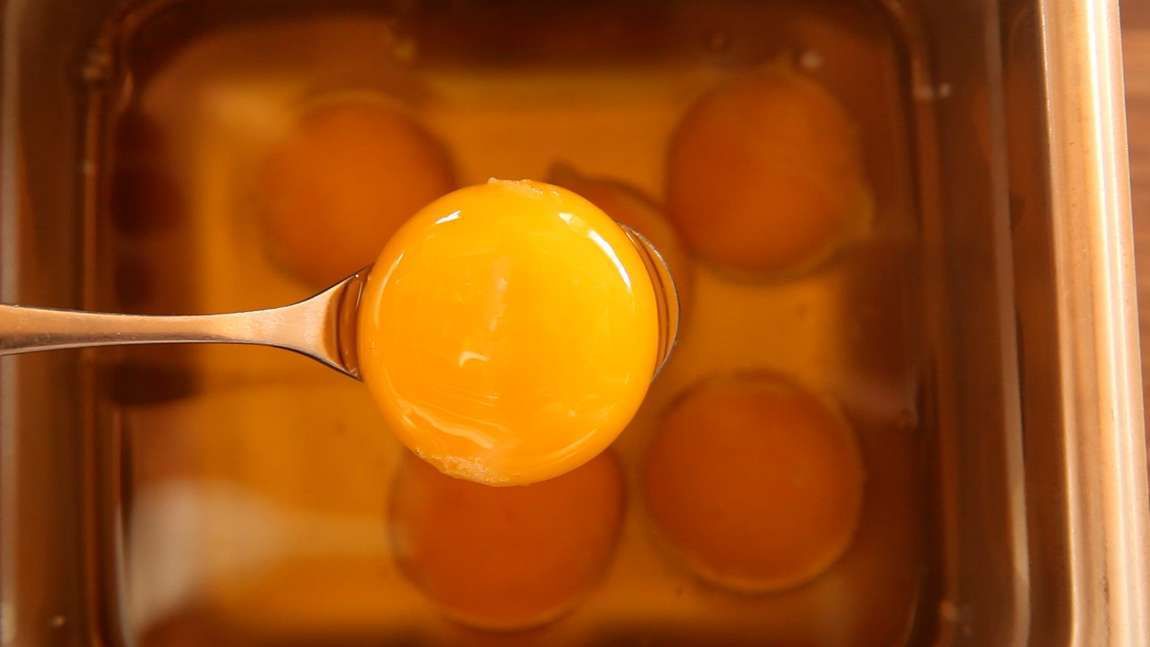EMULSIFIERS : WHAT IS LECITHIN?

The word lecithin originates from lekithos, i.e., egg yolk in Greek. In 1850, the French scientist Gobley isolated yolk. This compound, called phospholipid, has an ampifibic characteristic used to mean it loves both fat and water. Lecithin is a kind of fat component, and it is known that its consumption has a positive effect on HDL, which is known as good cholesterol.
The sources of lecithin can be very diverse. Soy, sunflower, egg, wheat, oats, peanuts, and even animal tissues can contain them. But soy has the highest percentage of lecithin content known until now. Because of its cheapness, soy lecithin is generally preferred in industrial production. The second order is sunflower lecithin.

The lecithin used in industry has been differentiated since its first discovery. Due to the production of lecithin with different alcohols and acids, its emulsifying properties have increased. Different lecithin types have been developed. Lecithin is the most suitable solution for problems like sugar crystallization, cream solidification, spattered oil, and the sticking of dough to the mold. According to the source, lecithin has different colors and can be produced in both powder and liquid form today.
Which is the proper type for you? Let us find.
